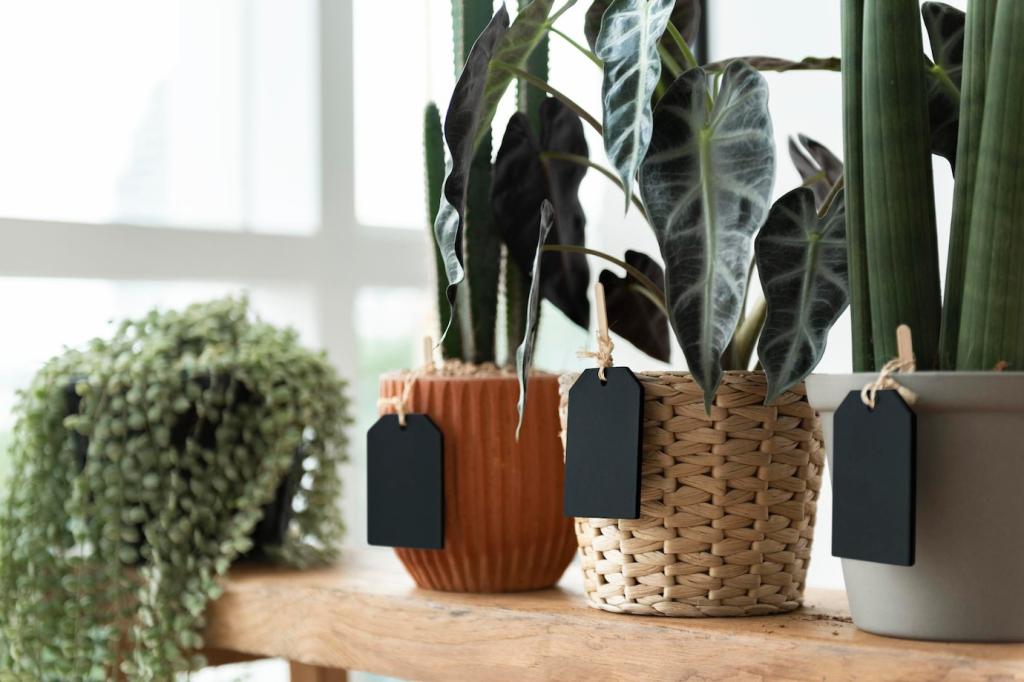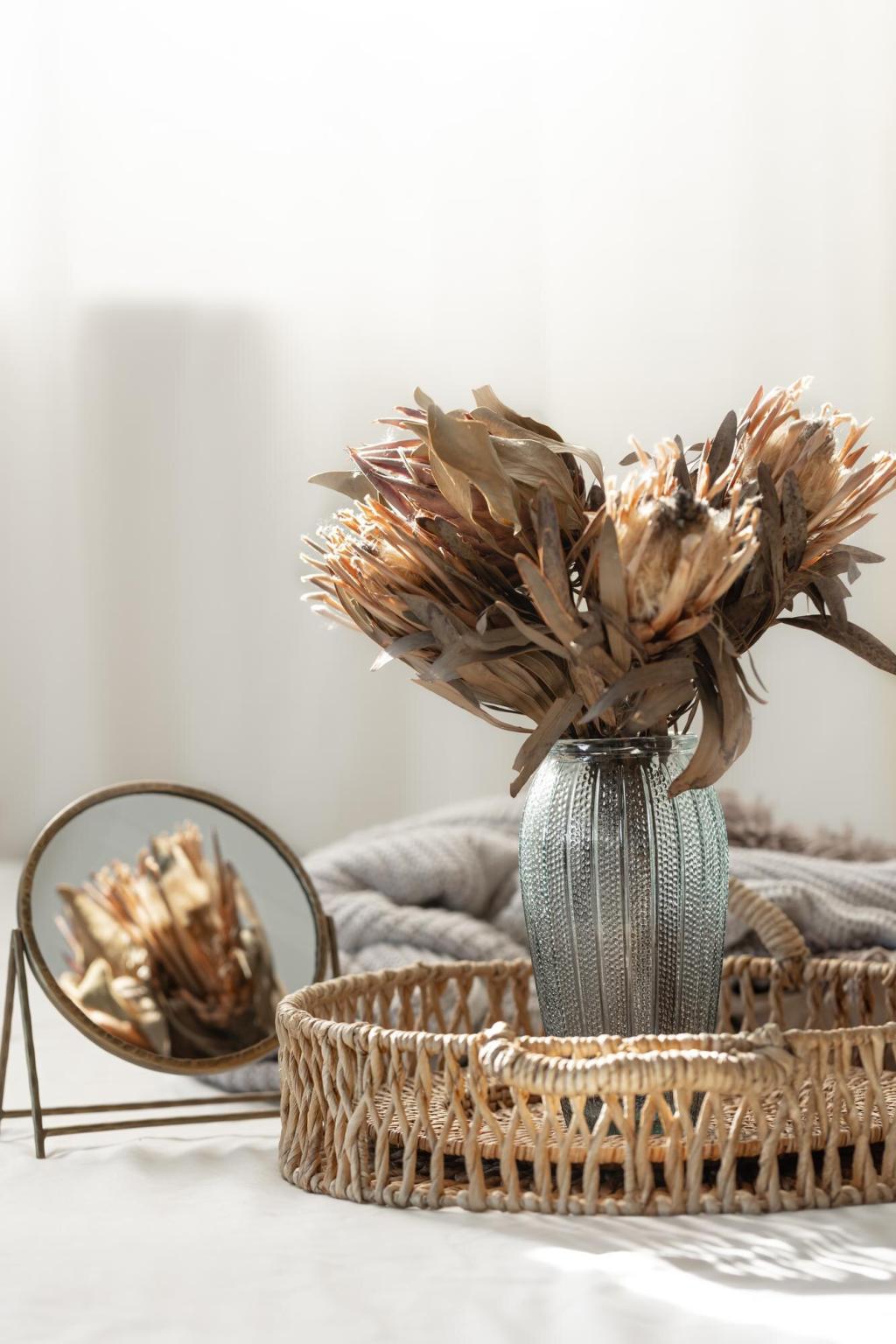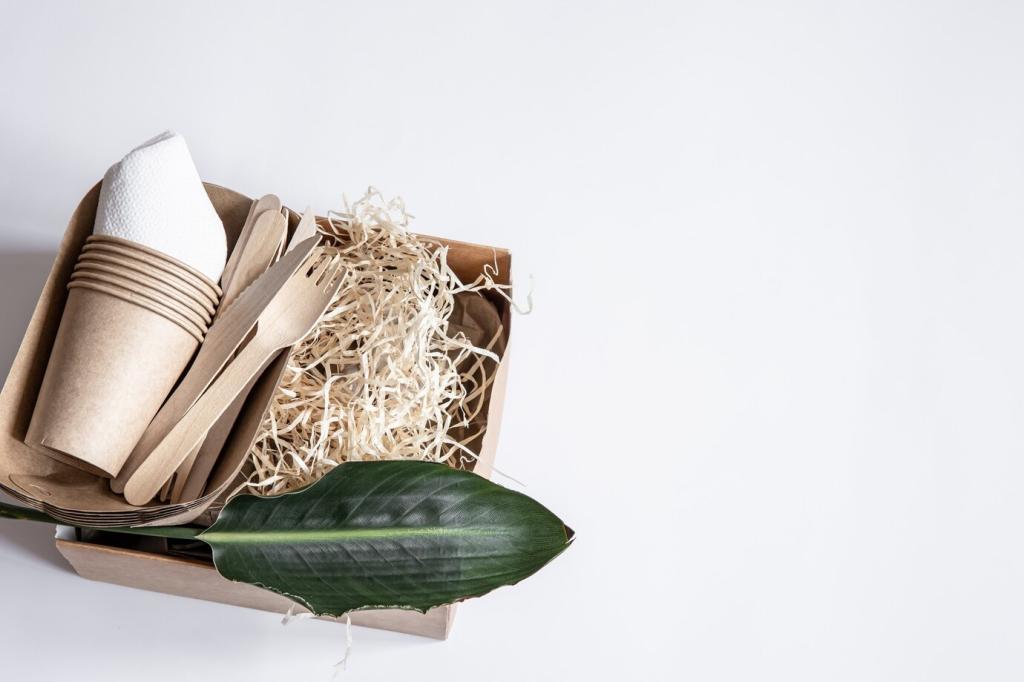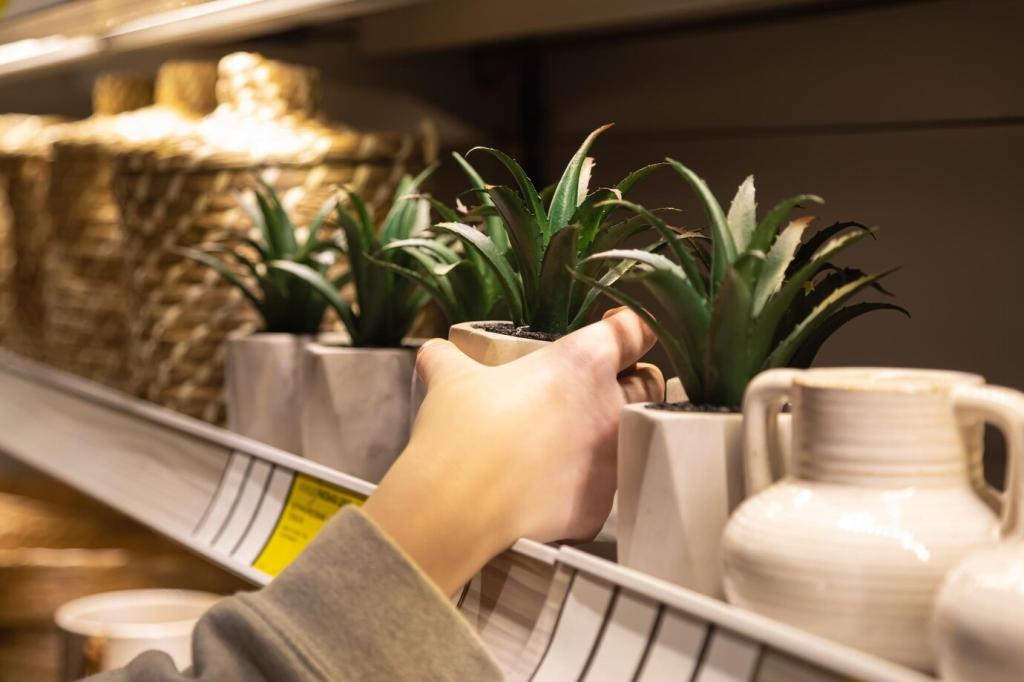Recycled Flooring Options for Eco-Conscious Homes
How to Evaluate Recycled Flooring Sustainably
Look for verified labels like FloorScore or GREENGUARD Gold for low VOCs, SCS Recycled Content for verified percentages, Cradle to Cradle for holistic safety, and FSC Recycled for responsibly reclaimed wood. Save this checklist and subscribe for deeper guides.


How to Evaluate Recycled Flooring Sustainably
Assess more than recycled content. Reclaimed wood often carries low embodied carbon and stores it; recycled rubber diverts tires from landfills; glass tile’s energy cost can be offset by long service life. Ask brands for EPDs and share what you find.
Recycled Rubber: Resilient, Quiet, and Tough
From tires to tiles and rolls
Crumb rubber bound with durable resins becomes tiles or rolls in varied thicknesses, with colorful flecks from recycled EPDM. It’s ideal for mudrooms, basements, playrooms, and home gyms. Tell us where you’d put it and why—your use cases inspire others.

Recycled Glass and Terrazzo: Light-Catching Floors
Glass tiles and precast terrazzo use high recycled content, set into cement or epoxy binders for durability. They resist stains when sealed correctly and handle radiant heat. Thinking of a bright kitchen or bath? Share your palette ideas for friendly feedback.
Recycled Glass and Terrazzo: Light-Catching Floors
Choose honed or textured finishes in wet areas and pair with epoxy grout to reduce staining. Seal as directed, and use pH-neutral cleaners. If you’ve tested anti-slip treatments on glass mosaics, drop your results to help others make safer choices.




Carpet with Recycled Content: Softness Meets Stewardship
Many carpets use fibers spun from post-consumer plastic bottles, offering solid stain resistance and approachable pricing. Pair with a felt underlayment made from recycled content for extra comfort. Tried that combo? Comment with brand names and long-term wear impressions.
Carpet with Recycled Content: Softness Meets Stewardship
Recycled-content carpet tiles simplify repairs—swap a single tile after a spill. Look for nylon 6 made from reclaimed fishing nets and manufacturer take-back programs. Share your tile patterns or subscribe for our zero-waste installation layout guide.
Recycled Cork Composites and Hybrid Surfaces
From stoppers to serene surfaces
Cork granules from wine stopper production are pressed into sheets or fused with recycled rubber for greater toughness. The result feels soft, insulates sound, and reduces impact. Considering bedrooms or home offices? Ask questions below, and we’ll answer in follow-ups.
Installation and finishing for longevity
Click-lock floating planks speed DIY installs. Seal with water-based polyurethane or hardwax oils for low odor and easy renewal. Place mats at entries and manage humidity. Share your finishing schedule to help first-time installers avoid early wear.
A tiny apartment that found quiet
A renter installed floating cork–rubber planks over an old subfloor; neighbors downstairs noticed fewer footsteps immediately. The warm feel encouraged barefoot mornings. Got a small-space win? Post details and subscribe for our renter-safe, reversible flooring series.
